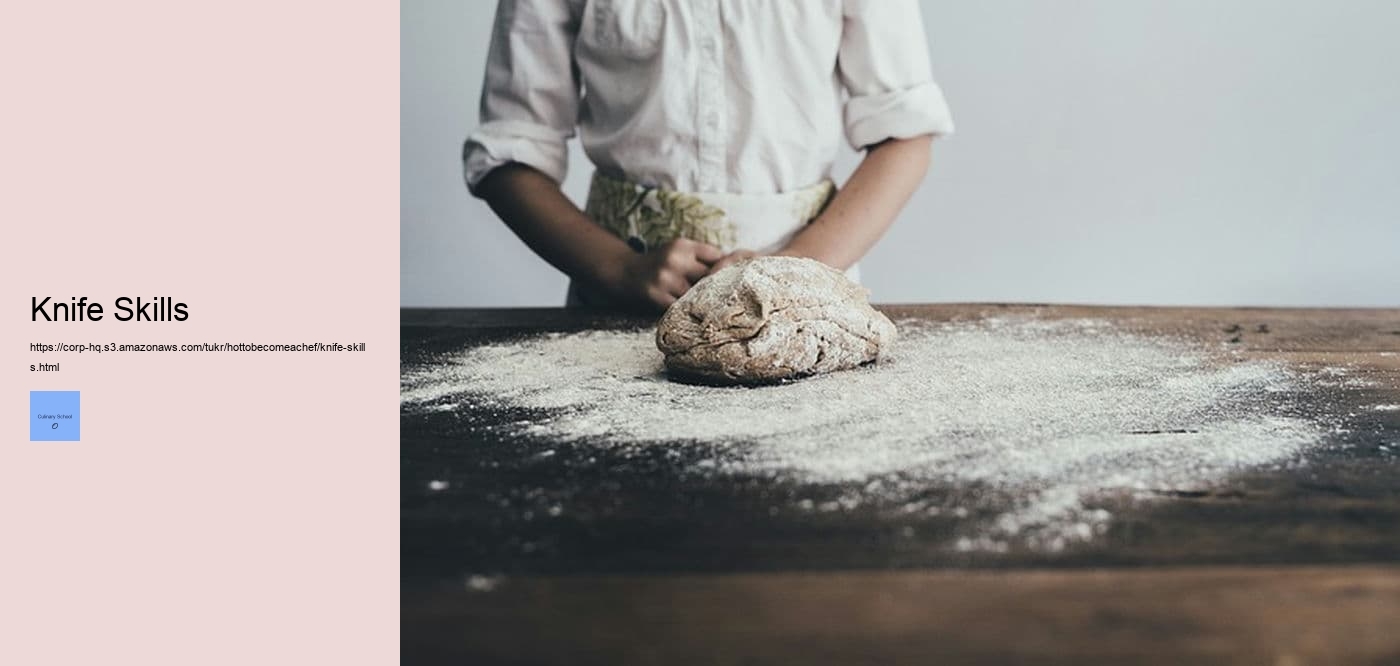

Intruduction to Knife Skills! (Negation) Knifes aren't only used for cooking, they are also a usefull tool in everyday life. Operating or launching your own restaurant requires strong business expertise and financial management abilities in addition to cooking expertise. Menu Planning Apprenticeship. Launching or launching your own restaurant requires strong business acumen and financial management abilities in addition to cooking expertise. How to become a chef Ingredient knowledge. Landing a job as a chef in a top restaurant involves building relationships with food vendors, distributors and fellow industry professionals. Menu Planning Food safety practices. Finding employment as a personal chef provides the opportunity to craft customized menus and creatively prepare meals for families. How to become a chef Knife skills. No matter the size or shape of the knife, proper technique and safety is essential when using them. (Exclamation!) First and foremost, always make sure that your knifes are sharpened regularly; dull knifes can be dangerious! Secondly, use the correct grip while cutting to prevent accidents. When holding the knife, your thumb should rest on top of the blade's handle while your fingers wrap around it securely.
Transition: With those key reminders in mind, let's begin our jouney into learning knife skills. The most important skill is probabaly cutting - slicing and dicing fruits and vegitables with ease. Start by selecting a good quality chef's knife; this will become your best friend in the kitchen! Place whatever item you're cutting on a steady surface before begning to cut and hold it firmly by pressing down with your non-dominant hand. Make sure you keep all your fingertips tucked away from where you're cutting as well as away from the blade itself - safety first! Finally, cut with firm and quick strokes for clean cuts everytime.
By following these steps and practicing regularly you'll soon master basic knife skills like an expert!
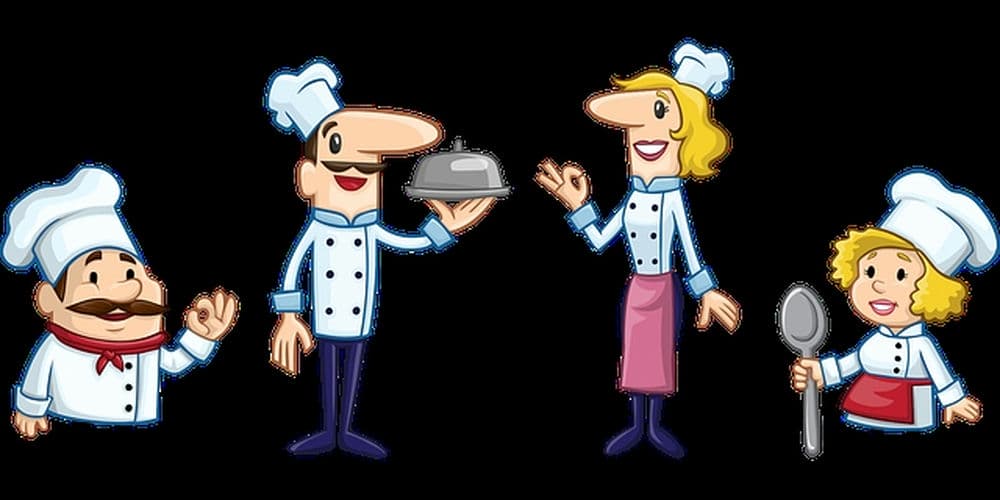
Knives can be a vital tool in the kitchen, but knowing which type of knife to use and how to use it is essential for proper cutting and slicing. There are a variety of knives available (from shorter paring knives to longer slicers) each with its own unique purpose.
Firstly, the paring knife is small in size and used for peeling fruits and vegetables or carving out details from food. It's also great for chopping smaller items like garlic cloves or shallots due to its short blade length. Secondly, the serrated knife has a saw-like edge that works well on soft breads and pastries, but it should not be used on hard foods because it will tear them instead of cutting through them cleanly. Thirdly, the utility knife is slightly larger than a paring knife and perfect for tasks such as cutting up sandwiches or slicing up cheese wedges. Fourthly, the chef's knife is an all-purpose tool often seen as an extension of one's hand when prepping ingredients. Its long curved blade makes quick work of mincing herbs, dicing onions or chopping vegetables! Lastly, the cleaver is an absolute must-have if you're butchering large cuts of meat or fish. It has a thick sharp blade that can easily cut through bones while keeping your hands safe from harm.
In conclusion - having knowledge on different types of knives and their uses can make cooking more efficient! Learning correct techniques helps ensure that tasks get done faster without compromising safety or quality.


Becoming a world-class chef requires hardwork, dedication and (most important) passion!. You must be willing to push yourself beyond your limits to become an exceptional chef.
Posted by on 2023-09-03

Becoming an award-winning chef takes a lot of hard work and dedication.. It's not enough to just be able to cook well, you have to also be passionate about the craft and have the drive to succeed.
Posted by on 2023-09-03
Knife skills are essential for any cook! (Negation) They can be hard to learn and even more difficult to master, but with a little practice anyone can become an expert in no time. (Contraction) The key is knowing the proper techniques and using them effectively. Firstly, hold your knife correctly: use your dominant hand to grip the handle firmly and use your other hand to guide the blade while slicing or chopping. Secondly, always use a cutting board when you’re using a knife - this will prevent damage to countertops and keep you safe from injury. Finally, make sure your knife is sharp; dull blades are much more likely to cause accidents than sharp ones!
(Transition phrase) Additionally, there are some fundamental cuts that every aspiring chef should know how to perform: dicing, mincing, julienning, chiffonading and batonneting. Dicing involves cutting food into cubes of equal size; mincing requires chopping ingredients into small pieces; julienning involves creating thin strips; chiffonading results in paper-thin ribbons; lastly, batonneting produces larger rectangles. Perfection of these techniques may take some time but they will enable you create beautiful meals every time!!
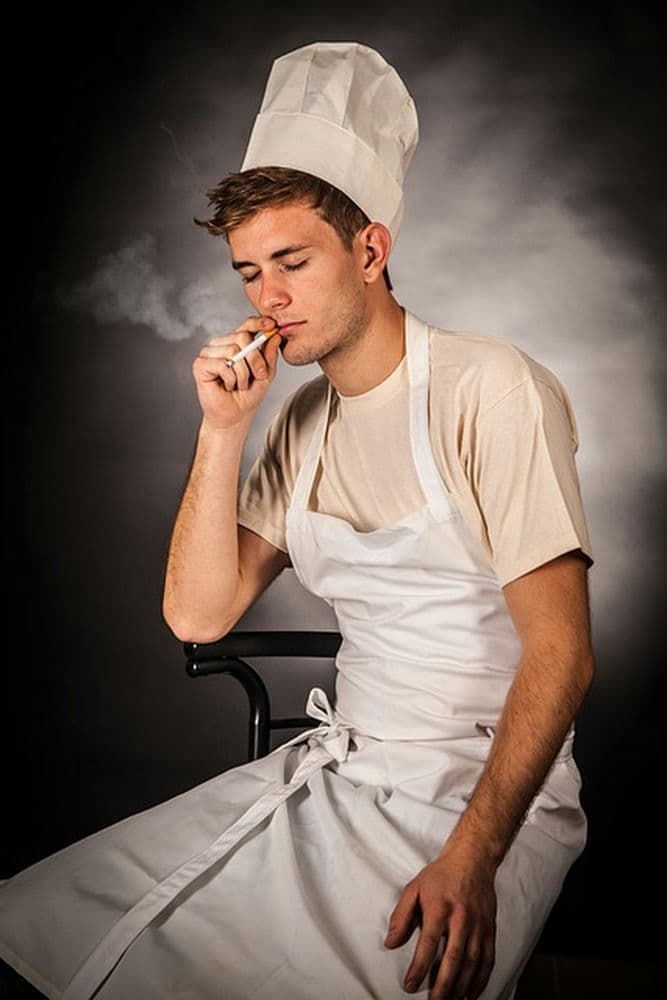

Safety practices for knife use is an important skill to have when working in the kitchen. It's essential for chefs and home cooks alike to understand how to handle a knife properly, in order to avoid any accidents! As such, it's necessary to follow some basic safety rules when utilizing knives. Firstly, always utilize a sharp blade; as dull blades can be harder to use, and more likely to slip (causing injury). Secondly, never place your fingers near the blade while cutting; keep them at least one inch away from the edge. Thirdly, don't rush through cuts- take your time and be mindful of where you are placing your hands. Finally, make sure you have a secure grip on the handle of the knife while using it.
In addition, there are several other precautionary measures that should be taken when using knives. For instance, always use a cutting board or chopping block- never cut directly on a counter top or table! Furthermore, ensure you clean your utensils regularly- this will help prevent bacteria build up and stop cross contamination of food items. And finally (and most importantly!), never leave knives unattended- even if they're just sitting on a countertop!
Overall, by following these simple guidelines and taking appropriate safety precautions when handling knives, you can mitigate any potential risks associated with their use. By adhering to safe habits in the kitchen environment everyone involved can remain safe and sound - no matter their experience level!
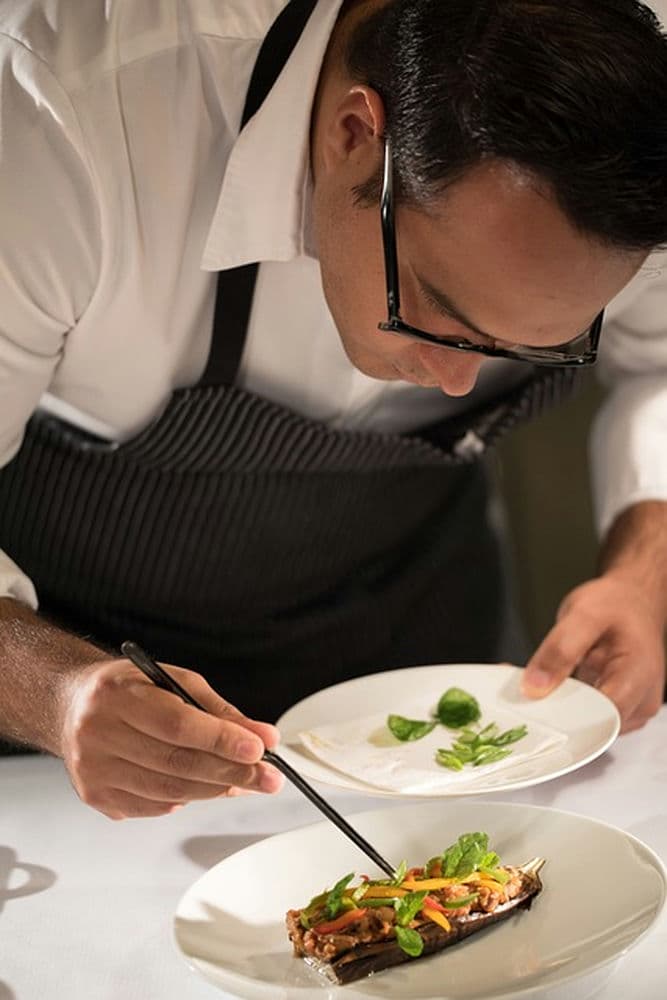
Proper storage and maintenance of knives is important for safe and effective knife skills. Neglecting to store and maintain your knives can result in dull or damaged blades, (which) can prove dangerous when cutting food. Therefore, it's essential to take good care of your kitchen cutlery!
First off, all knives should be stored somewhere dry and away from harsh chemicals. It's best to keep them in a block or a drawer organiser, as this will help protect their blades from accidental damage. Additionally, using a honing steel regularly will extend the life of the blade significantly - this should be done at least once week after use. This involves running the blade horizontally across the steel several times at a 15-degree angle.
Transition: Moreover, if you're not using your knife for an extended period of time...
It's important to give it an extra clean before storing it away. Make sure to wash with warm soapy water and then dry thoroughly - even small amounts of moisture left on the blade can cause rust spots over time! Furthermore, you'll want to apply some oil to the metal every few months - this will help prevent oxidation and keep your knives looking beautiful!
Finally, never try to sharpen your own knives unless you know what you're doing! Instead, take them into a professional sharpener who'll be able to do it properly without damaging them further. By following these tips you'll ensure that your blades remain sharp and well maintained for years to come!
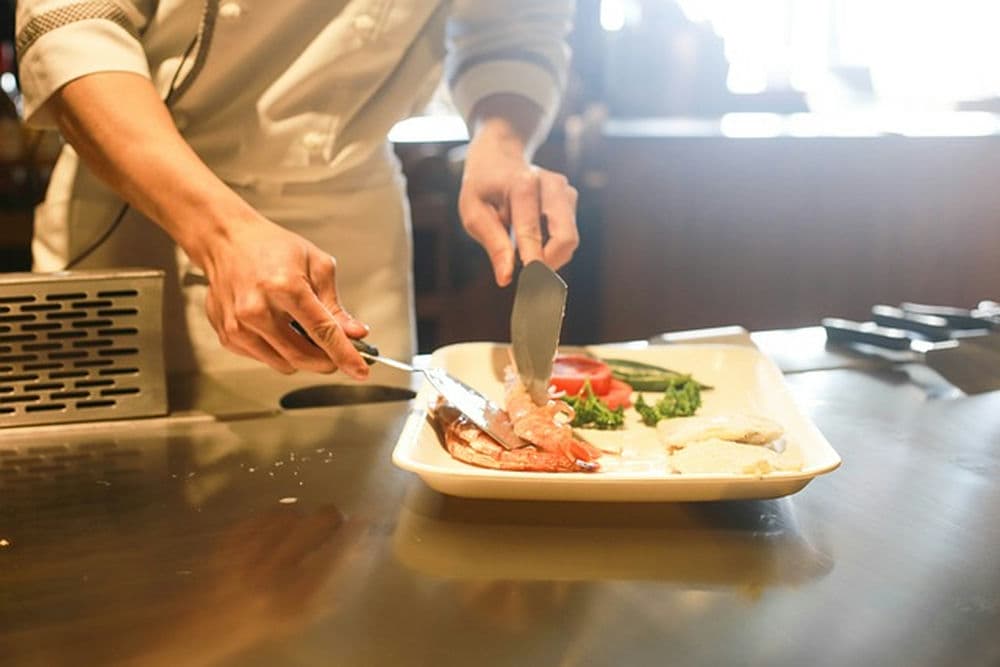
Knife skills are an important part of any chef's repertoire! Being able to correctly and efficiently cut ingredients is essential for creating delicious dishes. There are several common cutting techniques that chefs must master (dicing, julienning, slicing and mincing). Dicing involves cutting food into small cubes, while julienning requires the food to be cut into thin strips. Slicing is just as it sounds - cutting the item into thinner pieces! Mincing requires a bit more precision; it involves chopping food into tiny pieces.
But that's not all! Another important technique is chiffonading, which entails rolling up herbs or greens like basil and spinach leaves before finely slicing them. Additionally, there's also batonnetting - a process involving dicing items into sticks about 2 inches in length. Finally, there's also brunoise-cutting; this demands pre-dicing before cubing further (to create little cubes approximately 1/8 inch in size).
All these techniques require practice and patience – but with enough effort they can become second nature! It may take some time to get them right but once you do you'll be cooking like a pro in no time!
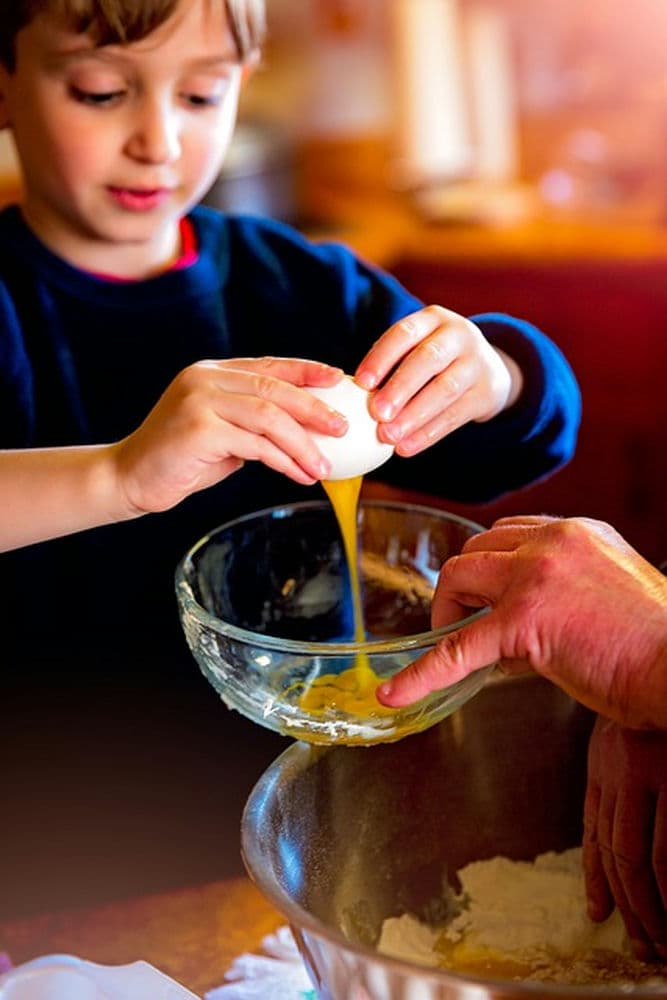
Practice Makes Perfect (when it comes to knife skills). No one can become a master chef overnight! It takes time and dedication. To hone your knife skills, you must be willing to put in the effort. Neglecting practice will only lead to sub-par results. However, with hard work and patience, even the most novice cook can become proficient in no time!
It's essential to begin by familiarizing yourself with the basics of knife safety and form; it is not advisable to jump right into complicated dishes without first having a good grasp of these fundamentals. Take some leisurely moments to study your utensils: their heftiness, materials used, ergonomics, etc. This will help make cutting more efficient as well as prevent any accidents from occurring.
Plus(!), don't be disheartened if you make mistakes along the way - everyone does at some point! Just keep trying and remember that 'practice makes perfect'. The more you practice correct technique, the better you'll get at chopping vegetables , slicing meat, paring fruits etcetera! Also ensure that you use quality knives that are sharp and properly maintained so that they won’t impede on your progress.
Moreover(!), there are many other tips for improving your knife skills such as keeping a firm grip on the handle, using an appropriate sized knife for each job , having adequate prep space etcetera . Taking cooking classes or watching youtube tutorials may also aid in becoming more adept at using knives efficiently . Finally , don't forget about proper cleanup afterwards - it's just as important!
In conclusion , practice really does make perfect when it comes to honing your skills in kitchen cutlery . With lots of dedication accompanied by knowledge and technique , anyone can become a pro chef !
Knife Skills is an essential kitchen skill that can help make cooking easier and faster. (It's) An important skill to have for any chef or home cook. With practice, anyone can master knife skills and become a whiz in the kitchen!
The basics of knife skills include learning how to hold a knife correctly as well as understanding different cutting techniques. Properly gripping the handle of the knive will help you cut with greater control and accuracy. Additionally, slicing, dicing, mincing, julienning are all techniques that will give your food its desired shape. Another tip to remember is to keep your fingertips curled under while chopping so they don't get cut by accident!
Moreover, sharpening knives regularly will also improve their performance and safety. Dull knives require more force which increases the risk of slips and cuts. Investing in a good quality knife sharpener is worth it in the long run – not only it'll save time but also create perfect edges on your blades every time.
In conclusion, mastering Knife Skills requires some practice but once you get the hang of it, you'll be able to prepare meals quickly and easily! All it takes is patience, concentration and commitment; then you'll be slicing like a pro in no time!